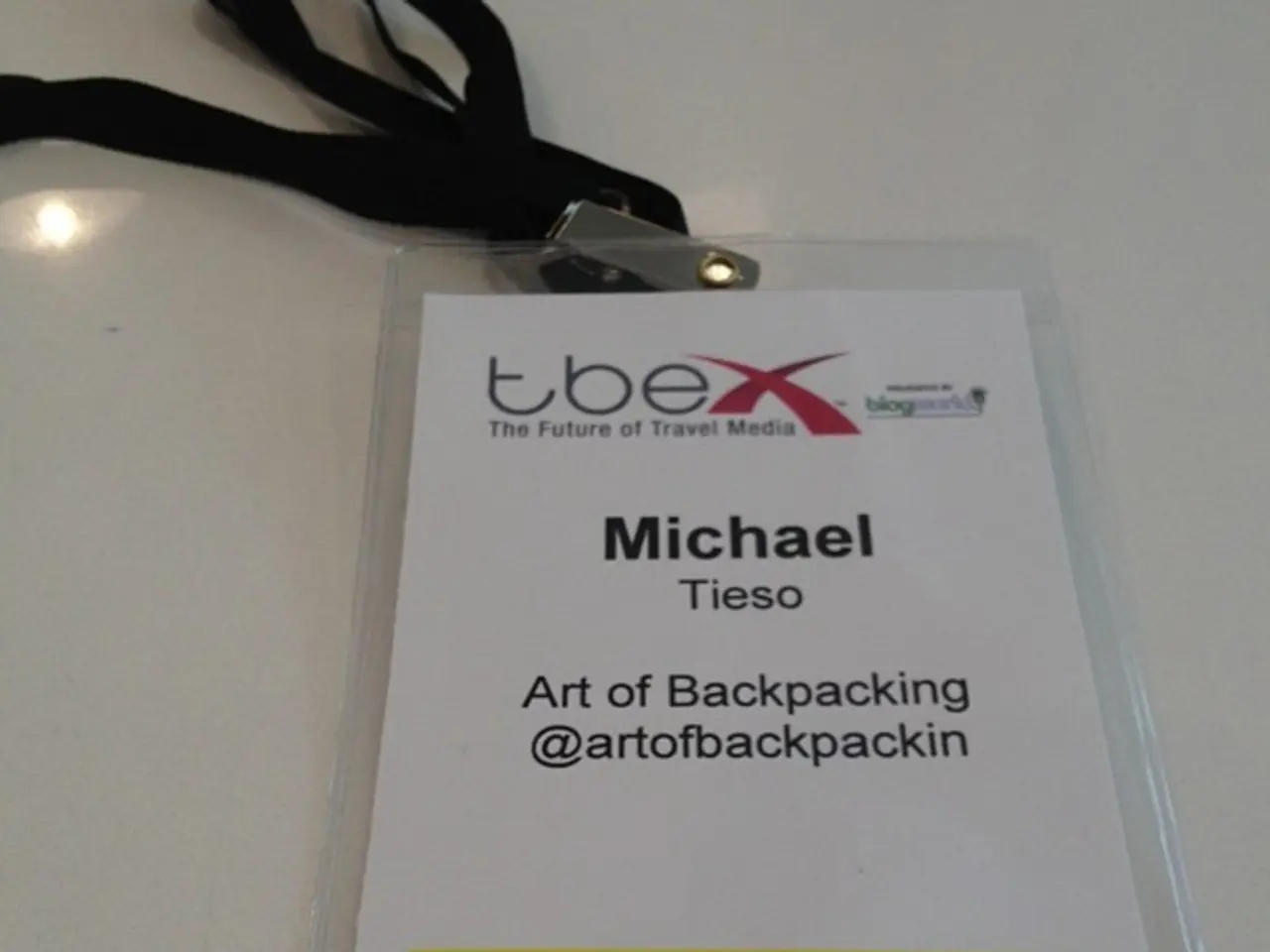China Navigates US Trade Restrictions via DeepSeek's Chip Workarounds: Unraveling Chinese Innovation in the Face of American Export Limitations
In a groundbreaking development, Chinese AI startup DeepSeek has demonstrated the ability to extract leading performance from sub-threshold hardware, challenging the long-held assumption that superior compute directly correlates with AI capability. This achievement comes at a time when the US has been pressuring major chip manufacturers to halt sales of high-end GPU and TPU chips to China, targeting semiconductors exceeding certain thresholds in terms of processing speed, memory bandwidth, and interconnect performance.
Despite these restrictions, China has made significant strides in AI software optimization and efficiency, narrowing the gap with the US. As of mid-2025, China has developed AI models like DeepSeek R1 and V3 that rival their American counterparts. This progress reflects strong Chinese progress in software optimization and efficiency, despite having less raw compute capacity and facing export restrictions on cutting-edge chips.
China's AI progress is supported by aggressive state-directed investment in AI talent development and industrial policy. Talent flows increasingly favor China, with half of the world's top AI researchers originating from China as of 2024, and growing retention domestically. A robust ecosystem that cultivates researchers and startups with substantial subsidies and infrastructure, such as the Dream Town incubator in Hangzhou, is a testament to this investment.
The US retains advantages in compute scale and top-tier hardware but faces a growing challenge from China's rapid AI software optimization, talent development, and chip self-sufficiency efforts. This dynamic implies that US strategies focused solely on restricting chip exports may have diminishing returns unless paired with enhanced investment in talent, domestic AI software innovation, and perhaps more nuanced engagement with China's evolving ecosystem.
The development offers hope to Chinese AI companies of a new path forward even in the face of tightening export restrictions, potentially spurring increased investment and competition in AI software development as an avenue to offset hardware disadvantages. The AI arms race is entering a new phase where software innovation could become as crucial as hardware advancements.
Investing in software innovation, diversifying supply chains, and staying attuned to geopolitical risks will be critical to success in the age of AI. Establishing international norms and safeguards around AI development may become increasingly urgent. The July 26, 2025 report from Binaryverse AI on DeepSeek's chip workaround marks a significant milestone in the global AI race. Finding ways to harness the potential of AI while mitigating its risks may be one of the defining challenges of our time.
Close collaboration between industry, academia, and government could be key to navigating the challenges and opportunities ahead. The US-China tech rivalry continues to impact the AI landscape, with businesses needing to adapt to an increasingly complex and unpredictable landscape. The DeepSeek news underscores the risks of an escalating AI competition between the US and China.
DeepSeek's software optimization involves techniques such as model compression, sparse computation, and custom low-level code to make efficient use of available hardware resources. China is pouring resources into optimizing AI code. The US government has been pursuing a policy of denying Chinese companies access to advanced AI accelerator chips to slow China's AI progress due to national security concerns. The DeepSeek news has sent ripples across the AI industry, with experts debating its implications for the ongoing US-China tech rivalry.
The development of DeepSeek's software has proven that it is possible to achieve performance parity with leading US AI systems while running on hardware below the threshold of strictest export restrictions. This breakthrough underscores the importance of software optimization in the AI race and the need for a more nuanced approach to maintaining technological leadership.
- The achievement of DeepSeek, a Chinese AI startup, in extracting leading performance from sub-threshold hardware, challenge the assumption that superior compute directly correlates with AI capability, and has the potential to alter the global AI landscape.
- In response to the US restrictions on sales of high-end GPU and TPU chips to China, China has been focusing on AI software optimization and efficiency to narrow the gap with the US in the AI industry.
- The US-China tech rivalry continues to impact the AI landscape, but the progress in Chinese AI software innovation, talent development, and chip self-sufficiency efforts presents a growing challenge to the US's historical advantages in compute scale and top-tier hardware.
- Collaboration between industry, academia, and government will be key to navigating the complexities and unpredictability brought about by the US-China tech rivalry, particularly in the age of AI, where software innovation could become as crucial as hardware advancements.
- As China pours resources into optimizing AI code, finding ways to harness the potential of AI while mitigating its risks may be one of the defining challenges of our time, with the July 26, 2025 report from Binaryverse AI on DeepSeek's chip workaround marking a significant milestone in the global AI race.
- Investing in software innovation, diversifying supply chains, and staying attuned to geopolitical risks are essential strategies for success in the age of AI, and establishing international norms and safeguards around AI development may become increasingly urgent.
- The development of DeepSeek's software suggests that it is possible to achieve AI performance parity while using hardware below the threshold of strictest export restrictions, which underscores the importance of software optimization in the AI race and the need for a more nuanced approach to maintaining technological leadership.




